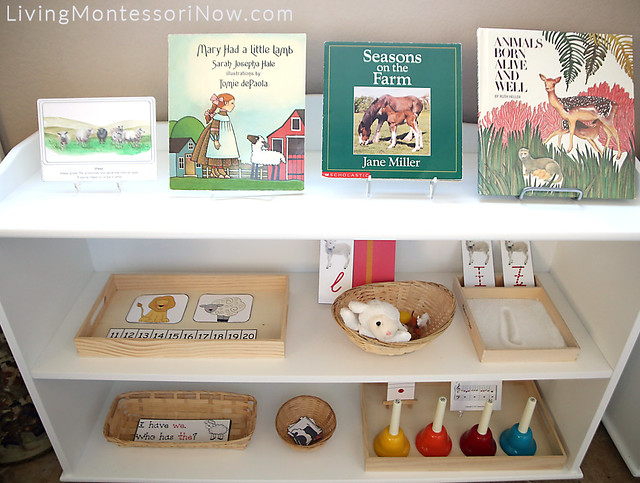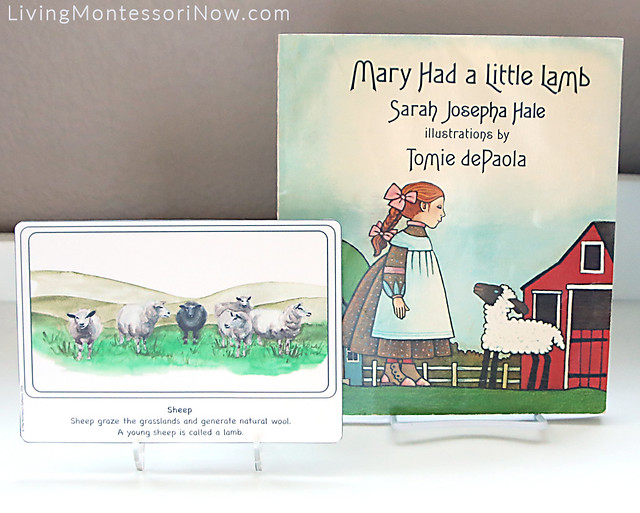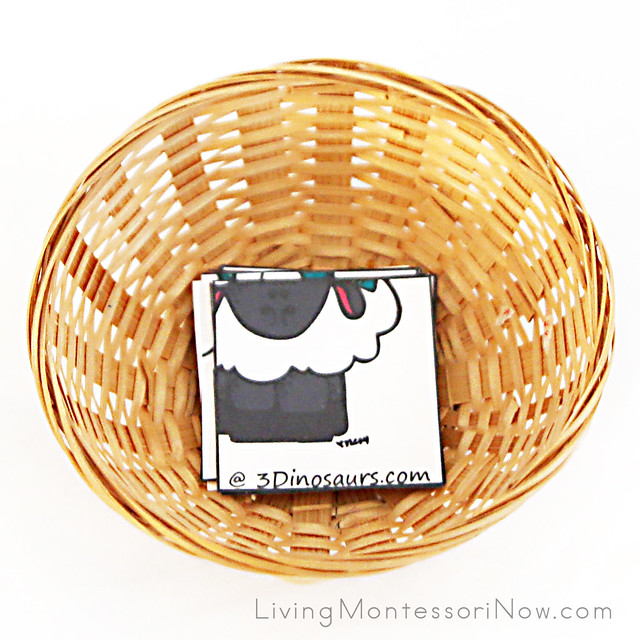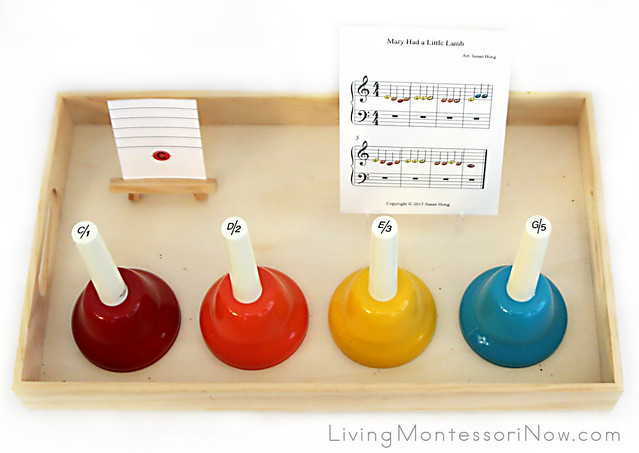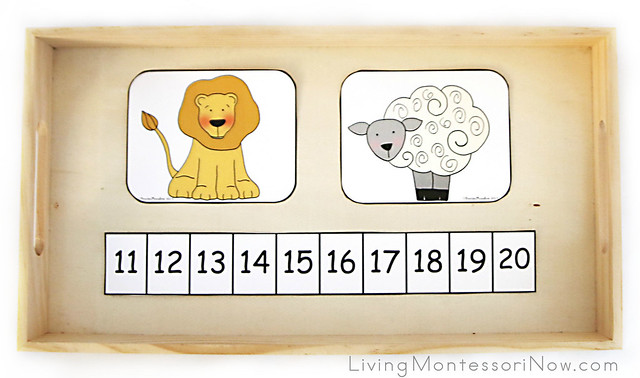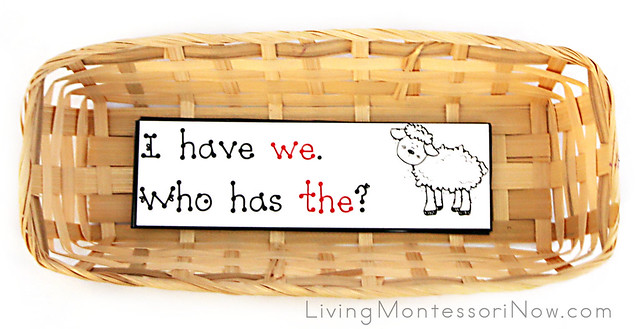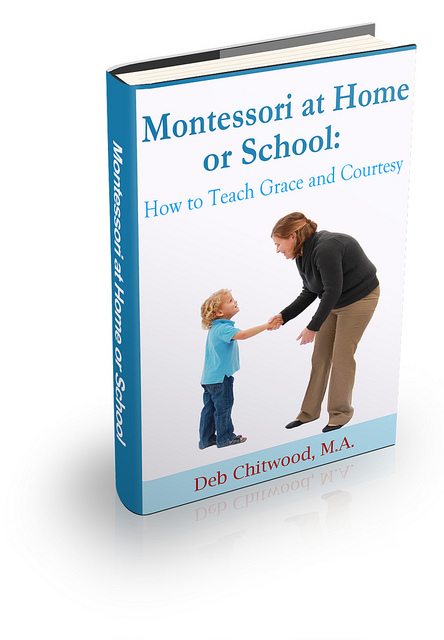Bunny Foo Foo - Bully, or Just in Need of Some Direction?
Oh, Bunny Foo Foo! There are so many different
rabbits around. Why do you persist?
I received a wonderful message on Facebook this week from the parent of a two year old. She wanted to let her Music with Mar. Instructor know how proud she was of her daugther. One of the other children on the playground pushed her and instead of pushing back, she did what she learned in the "New, Improved Bunny Foo Foo" that she hears every week in Music with Mar. Class. She put her hand up and said "Stop!" How good does it feel when we learn that what we teach is being not only heard, but used!
Little Bunny
Foo Foo is so well known because of his bopping the mouse on the head.
For years, children have sung this song and laughed. When my job as
a music teacher got me working with children younger and younger, I noticed it
had different significance and provoked different reactions from younger
children. So, I changed the words. In this
version, BFF sits by himself to think of better choices and decides
to hug the mouse.
Here's the
video:
Now, I'm not a
big fan of political correctness; yet, this story needed some fixing.
When we teach about bullying, we must teach not just to the child who
must defend themselves, but to the bully, too. Peter Alsop, a child’s psychologist and
award-winning children’s musician, has some good songs (and advice) on
this topic. We can get everyone to learn how not to be bullied yet, if
we don't teach the bully how to change, they'll just keep bullying.
It's important that a child feels uncomfortable when they make a
bad choice. Madelyn Swift, author of “Teach Your Children Well”, has stated that if
children are not made to feel uncomfortable for a bad choice, they will repeat
that bad choice. We must remember that children need us to take the time
and explain what they've done and what that action has caused. Be mindful
that the action is hurtful, not the child. Give the child a way out to
fix what they've done. Dr. Becky Bailey has very helpful information and
tools through Loving Guidance materials. A visit to her website by clicking on
that link would be time well spent.
The child must then apologize. Saying "I'm sorry" is a
quick fix so they can get on to hit the next kid. It is important to
learn to say "I'm sorry" and that has to be attached to what
"I'm sorry" means. A big last step is the person accepting the
apology doesn't have to immediately play with that person again. We can
teach children to say "Thank you for apologizing. I don't feel safe
with you yet. I need some space." When we teach that when
someone says "I'm sorry" we must play with them again, we teach
people to stay in abusive relationships.
I'd like to state that we can go overboard about an anti-bullying stance.
Children need to learn, through uninterrupted interactions, how to handle
things on their own. Adults do not need to jump in at the first sign (or
possibly second) of a child being 'pushy' or 'bossy'. There's a good
chance the other children will stop him (or her) naturally.
This week's episode of "Modern Family" had Lily's dad impose
himself into the children's game. There were so many other actions he
could have taken. The episode showed exactly what adults shouldn't do.
Before closing on this statement, I’d
like to share a bulletin board designed by children in a NYC Head Start
Program. I had worked with them on the story of Little Bunny Foo Foo.
The techniques from the book were used for conflict resolution and the
children remember the lesson well. As a matter of fact, I saw it in
action.
A little girl had been poking the boy in
front of her. He kept moving his body as
children will but saying nothing. The
director said to me, “Watch this. You
will be so proud.” She walked over and
asked “Is she bothering you?” to which the boy replied, “Yes.”
“What would you
like to say to her?” the director asked.
The little boy turned and said, “I don’t like it when you poke. Stop it.”
“I’m sorry” was
the reply. And, she put out her arms for a hug.
The little boy said, as was taught by me, “I don’t feel safe but thank
you for the apology.”
The director
saw the little girl’s hurt fact and asked the boy, “Will you feel safe
tomorrow?”
“Yes” he said
and the little girl said, with a smile, “See ya tomorrow!”
What a joy to
watch two children work it out!
If you must
have Little Bunny Foo, please let it be the new, improved version, which is
available at many outlets including The Mar. Mall.
I'd love to hear from you. Like the brain facts by clicking on this brain:

Sing-cerely,
Mar.
Mar@musicwithmar.com



















